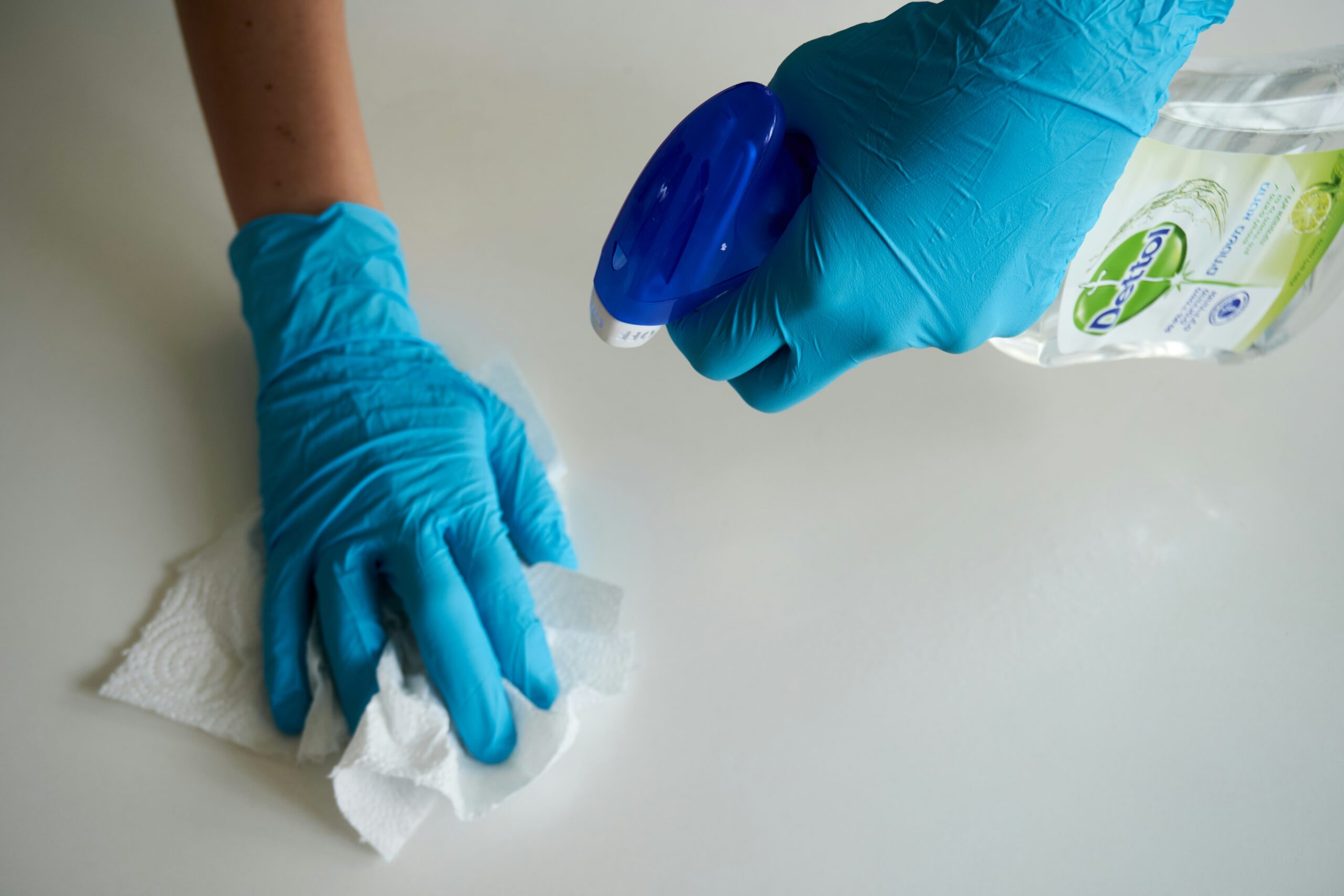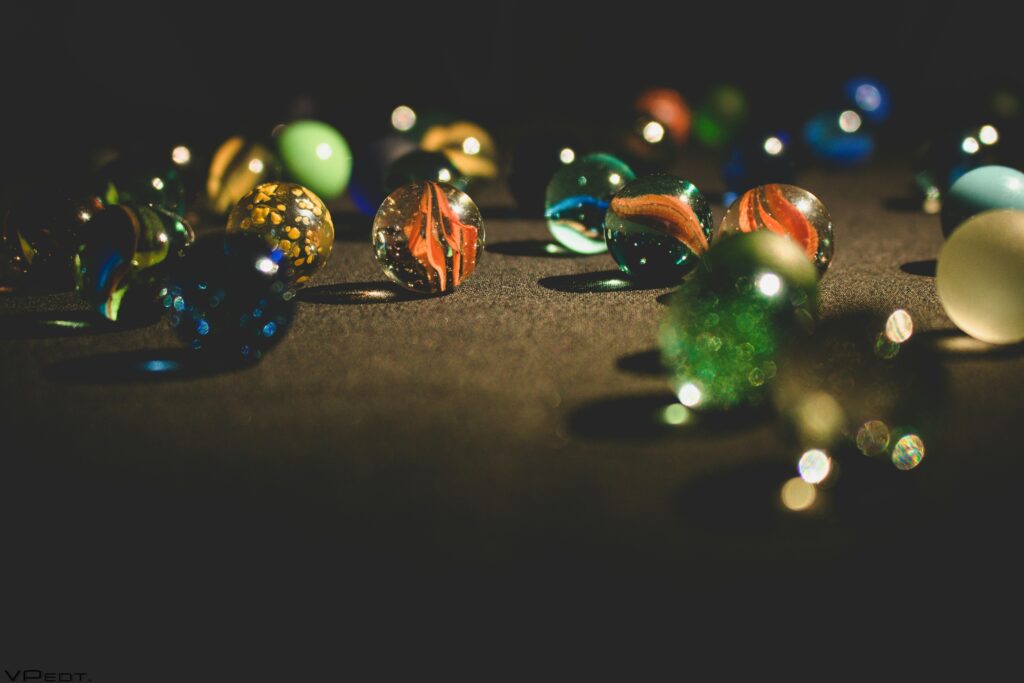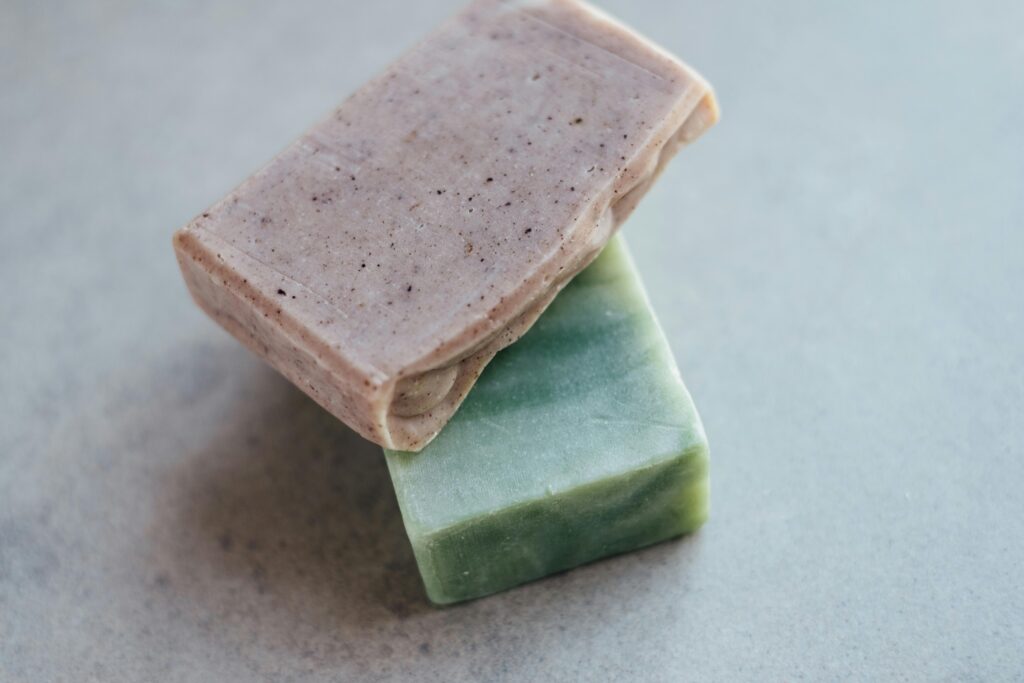Ever wondered how to keep your pet’s glass toys sparkling clean without harming the environment? Yeah, we’ve all been there. You want your furry friend to enjoy their playtime safely while also making sure you’re doing your bit for Mother Nature. It’s a tall order—but we’ve got you covered.
In this guide, we’ll deep-dive into eco-friendly cleaning methods specifically tailored for glass pet toys. We’ll cover why this matters, actionable steps you can take, tips and tricks for maintaining cleanliness, real examples, FAQs, and more. Let’s get started!
Table of Contents
- Why Eco-Friendly Cleaning Matters
- Step-by-Step Guide to Cleaning Glass Pet Toys
- Best Practices for Keeping Toys Spotless
- Real-World Examples from Pet Parents
- Frequently Asked Questions
Key Takeaways
- Eco-friendly cleaning protects both pets and the planet.
- Glass toys are durable but require special care to avoid scratches or breakage.
- Vinegar, baking soda, and non-toxic soaps are excellent natural cleaners.
- Consistency is key—make it part of your weekly routine!
Why Eco-Friendly Cleaning Matters
Let me tell you about the time I almost killed my dog with chlorine bleach. Okay, maybe not killed, but definitely scared the heck out of him (and myself). I’d hastily grabbed whatever cleaner was nearby to disinfect his chewable glass ball. He licked it before it dried completely. Cue frantic vet visit and $200 later—I learned my lesson.
This isn’t just about saving money on vet bills, though. Traditional chemical cleaners often contain toxins that harm ecosystems when they wash down drains. Plus, many pets are sensitive to harsh chemicals. By switching to eco-friendly cleaning methods, you ensure safer playtime for your pet and reduce environmental impact.
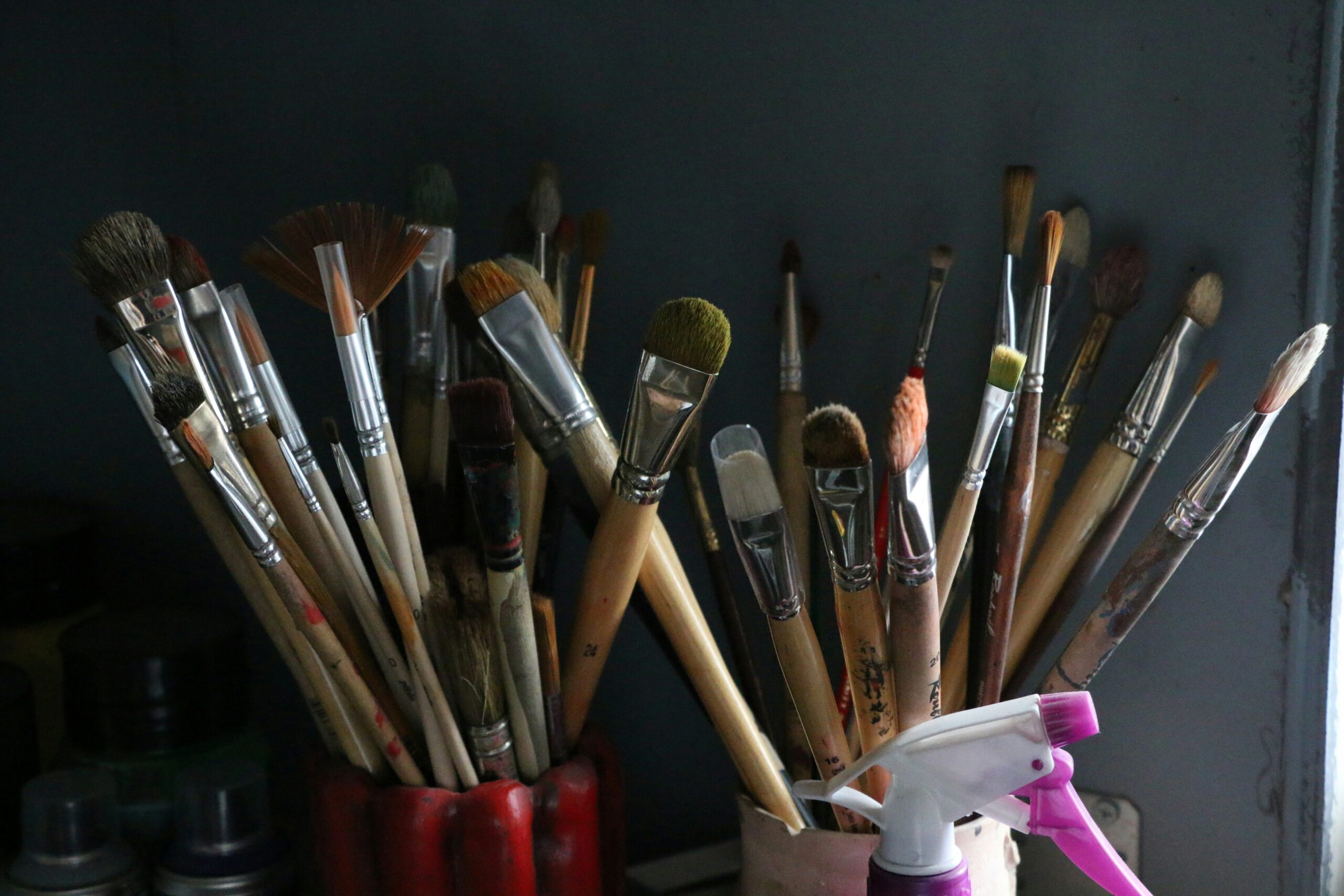
How to Clean Your Pet’s Glass Toys Without Breaking a Sweat
Optimist You: “This will be easy!”
Grumpy You: “Yeah, right—and only if coffee’s involved.”
Jokes aside, here’s a no-nonsense step-by-step guide:
Step 1: Gather Your Supplies
- White vinegar
- Baking soda
- Soft sponge or microfiber cloth
- Dish soap (eco-friendly, of course)
- Warm water
Step 2: Rinse Thoroughly
Start by rinsing the toy under warm running water to remove surface dirt. This preps the glass for deeper cleaning.
Step 3: Create a Natural Cleaning Solution
Mix equal parts white vinegar and warm water in a bowl. Dip your soft sponge into the mixture and gently scrub the toy. For tougher stains, sprinkle some baking soda directly onto the toy and scrub again.
Step 4: Soak ‘Em Up
If your glass toys have crevices where gunk hides, soak them in the vinegar solution for 5–10 minutes. Pro tip: Use a toothbrush to reach those hard-to-clean areas.
Step 5: Rinse Again and Dry
Rinse the toy thoroughly under clean water. Then pat it dry with a lint-free towel or let it air-dry completely before handing it back to your eager pup.
Top Tips for Maintaining Sparkling Clean Glass Toys
- Spot Clean Regularly: Wipe down toys after each use to prevent grime buildup.
- Avoid Harsh Chemicals: No matter what TikTok influencers say, skip ammonia-based cleaners—they’re toxic for pets.
- Inspect for Damage: Cracks in glass toys can harbor bacteria; replace damaged items ASAP.
- Use Reusable Cloths: Swap disposable paper towels for reusable cloths—it’s better for the planet.
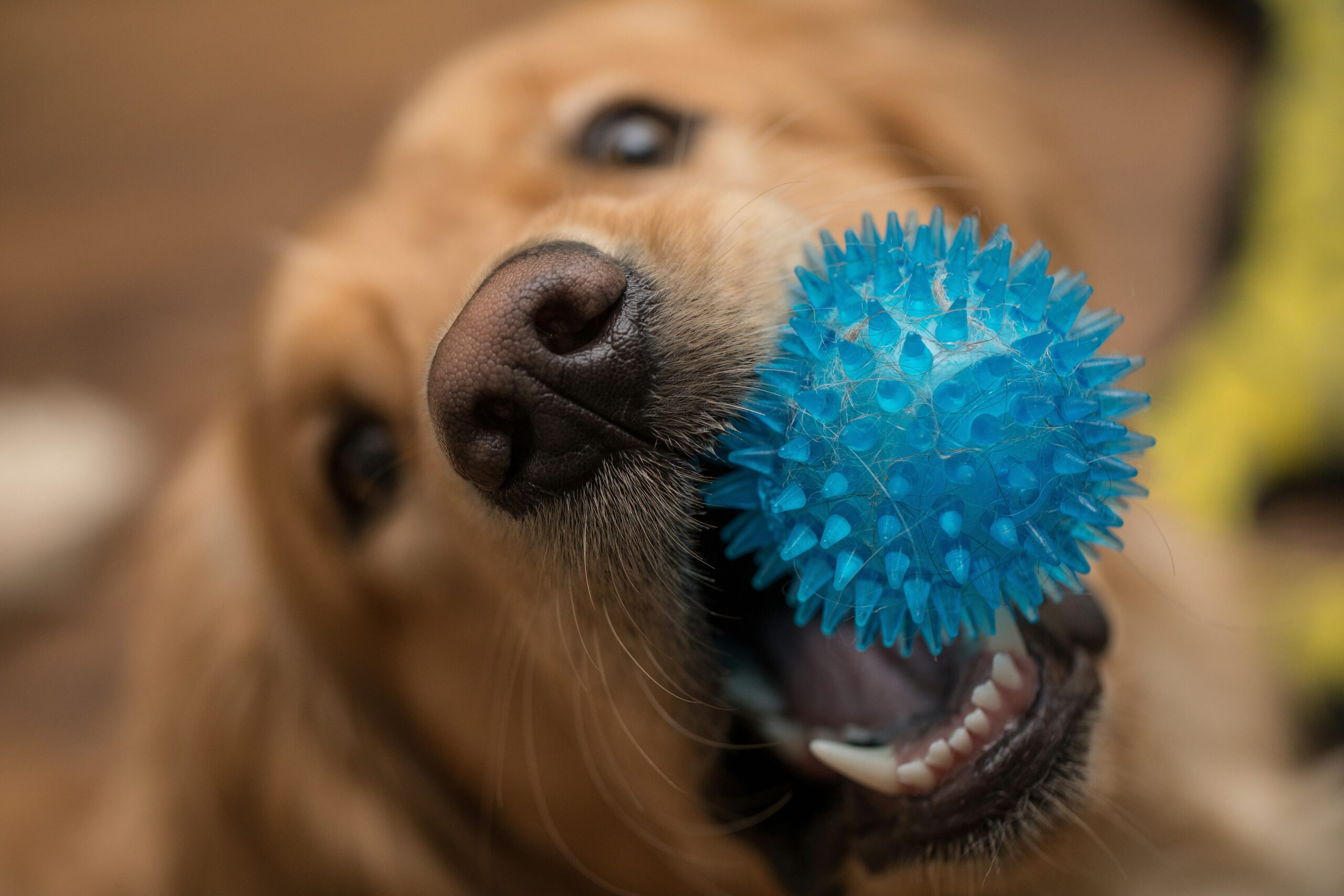
What Real Pet Parents Are Saying
Take Sarah D., an eco-conscious cat mom from Seattle: “Switching to vinegar and baking soda saved me SO much stress. My kitten doesn’t sneeze anymore during playtime!”
Or consider Tom R., whose golden retriever loves chewing on glass balls: “I thought eco-friendly meant ineffective until I tried these methods. Now my house smells fresh, and Rover’s toys look brand-new.”
Got Questions? We’ve Got Answers!
Can I put glass toys in the dishwasher?
You *can*, but opt for the top rack and skip heated drying cycles to prevent damage.
Is hydrogen peroxide safe?
While generally safe, avoid using high concentrations as they might irritate your pet’s skin.
Why does my pet still lick their toys after cleaning?
Pets explore textures and tastes through licking—it’s normal behavior. Just make sure your cleaning method leaves no residue.
Conclusion
There you have it—a foolproof plan for keeping your pet’s glass toys gleaming without guilt-tripping yourself over environmental harm. Remember, consistency is chef’s kiss for drowning bacteria, and small changes add up big-time. Oh, and one terrible tip: don’t try cleaning with wine… trust me on this one.
To wrap things up, like an early 2000s Tamagotchi, your SEO game needs daily love too. Keep polishing your strategies, and watch that traffic grow!
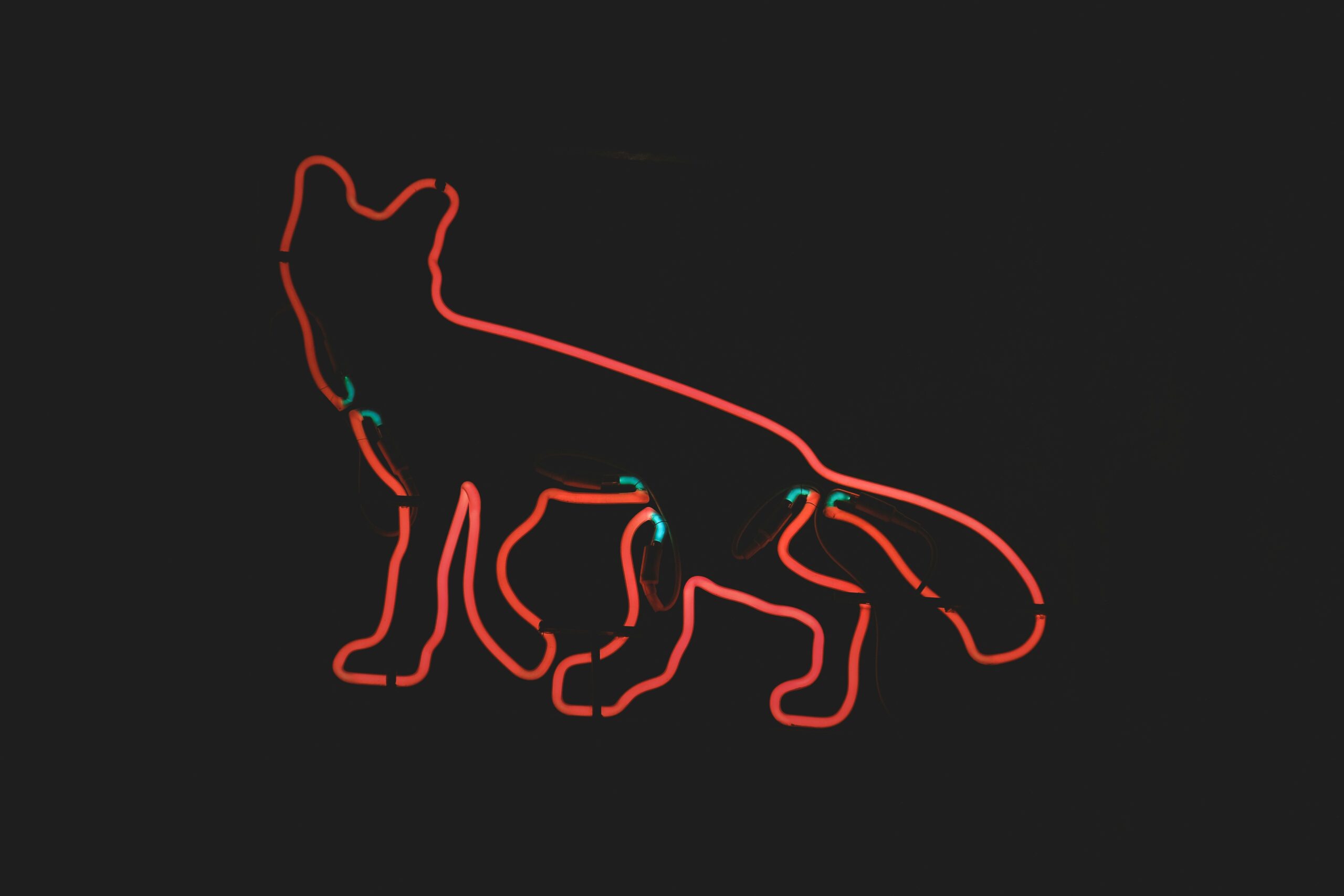
Playtime never ends,
Shiny toys, happy woofs—
Eco wins the day!
